Understanding the Microsoft-Activision Blizzard Acquisition: A Deep Dive for Informed Investors
Welcome, aspiring investors and trading enthusiasts! Today, we’re going to unpack one of the most significant events in recent business history: Microsoft’s monumental acquisition of Activision Blizzard. This wasn’t just a simple transaction; it was a complex strategic maneuver that reshaped the global entertainment landscape and involved a fascinating journey through regulatory reviews and market dynamics. Think of us as your guides through this intricate process, breaking down the key elements so you can understand the implications as you navigate your own investment path.
You might wonder why we’re focusing on a gaming company acquisition when you’re interested in financial markets. The truth is, major corporate actions like this have ripple effects across industries, influencing stock prices, competitive landscapes, and future growth trajectories. Understanding *how* these deals happen, the strategic thinking behind them, and the hurdles they face provides invaluable insight into the forces shaping the markets you trade in. So, let’s dive in.
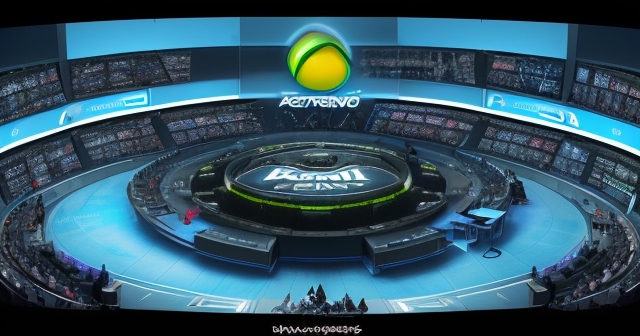
The Initial Vision: Why Microsoft Set Its Sights on Activision Blizzard
Every major acquisition starts with a strategic vision. For Microsoft, the decision to pursue Activision Blizzard wasn’t made in isolation. We were already seeing significant growth in the gaming industry, which had cemented itself as the largest and fastest-growing form of entertainment, valued at over $200 billion in 2021 alone. Microsoft, primarily known for Windows, Office, and cloud services (Azure), had also established a strong presence in gaming with its Xbox console and the burgeoning Xbox Game Pass subscription service.
Microsoft’s CEO, Satya Nadella, and Microsoft Gaming CEO, Phil Spencer, articulated a clear goal: to accelerate the growth of Microsoft’s gaming business across *all* platforms. This wasn’t just about selling more consoles; it was about expanding into high-growth segments like mobile, PC, and cloud gaming. Activision Blizzard, with its vast portfolio and established presence, represented a unique opportunity to achieve this on an unprecedented scale. It was about acquiring content, talent, and reach to become a more dominant player in the evolving digital entertainment space.
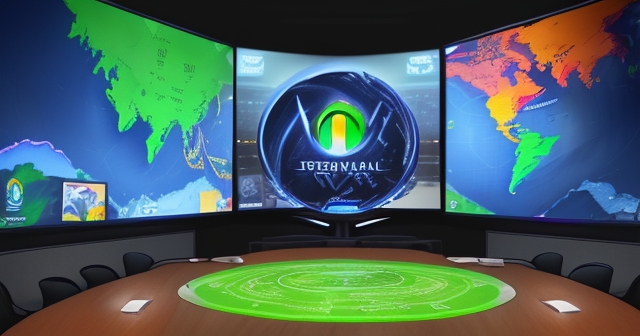
Decoding the Financial Landscape: A Multi-Billion Dollar Deal
Let’s talk numbers, because this deal involved truly staggering figures. Microsoft announced its intention to acquire Activision Blizzard on January 18, 2022, in an all-cash transaction. The initial proposed value? A colossal $68.7 billion, inclusive of Activision Blizzard’s net cash. This translated to a price of $95.00 per share for Activision Blizzard shareholders.
To put this in perspective, at the time of the announcement, this was not only the largest video game acquisition *ever* by transaction value but also one of the largest tech acquisitions in history. By the time the deal officially closed on October 13, 2023, the final value had climbed slightly based on updated figures, often cited closer to $75.4 billion. This sheer scale tells us this wasn’t a minor adjustment to Microsoft’s business; it was a transformative event requiring immense financial commitment and strategic planning. For investors, understanding the size of such a transaction helps gauge its potential impact on both the acquirer’s balance sheet and the broader market.

A Pantheon of Iconic Franchises and Valuable Assets
What exactly was Microsoft buying for tens of billions of dollars? They weren’t just acquiring a company; they were acquiring a treasure trove of some of the most recognizable and successful entertainment intellectual properties in the world. The Activision Blizzard portfolio includes:
- Activision Publishing: Home to the perennially popular Call of Duty series, Crash Bandicoot, and Spyro.
- Blizzard Entertainment: Creators of beloved franchises like Warcraft (including World of Warcraft), Diablo, Overwatch, and StarCraft.
- King: A mobile gaming powerhouse, best known for the incredibly successful Candy Crush Saga.
Beyond the specific game titles, Microsoft also acquired global eSports activities through Major League Gaming, numerous development studios worldwide, nearly 10,000 talented employees, and a massive combined player base totaling nearly 400 million monthly active players across all platforms. These assets provide Microsoft with immediate access to established communities, proven development capabilities, and revenue streams across console, PC, and, significantly, mobile – a key area for Microsoft’s expansion.
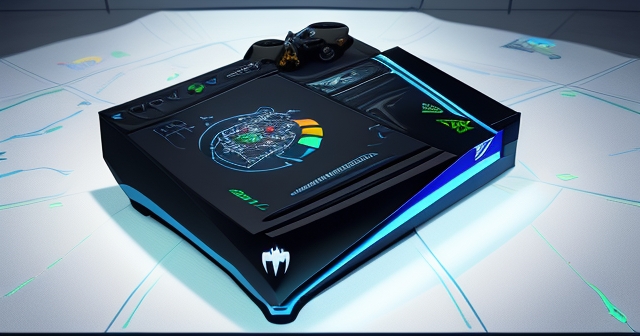
Fueling the Game Pass Engine and Multi-Platform Strategy
A core strategic driver for Microsoft was the expansion of its subscription service, Xbox Game Pass. Game Pass is central to Microsoft’s gaming ecosystem, offering players a library of games for a monthly fee across consoles, PC, and cloud streaming. At the time of the acquisition announcement, Game Pass had over 25 million subscribers.
Acquiring Activision Blizzard’s catalog offered a significant bolster to the Game Pass library. Imagine having access to major titles like Diablo IV, Call of Duty: Modern Warfare III, and World of Warcraft alongside existing Game Pass offerings like Halo and Forza. This move aimed to make Game Pass even more attractive, driving subscriber growth and solidifying its position as a dominant content distribution platform. Furthermore, the deal wasn’t just about Xbox consoles; it was explicitly stated as a way to accelerate growth across mobile (via King), PC, and cloud, aligning with Microsoft’s broader vision of reaching players wherever they are, on any device.
Entering the Global Regulatory Arena: A Test of Antitrust
A transaction of this magnitude, particularly in a rapidly consolidating digital market, doesn’t happen in a vacuum. It immediately triggered intense scrutiny from regulatory bodies around the world. These bodies are tasked with reviewing mergers and acquisitions to ensure they don’t harm competition, stifle innovation, or disadvantage consumers. The Microsoft-Activision Blizzard deal became a major test case for how regulators would approach consolidation in the gaming and tech industries.
Key regulatory authorities involved included:
- The Federal Trade Commission (FTC) in the United States.
- The Competition and Markets Authority (CMA) in the United Kingdom.
- The European Commission in the European Union.
- The State Administration for Market Regulation (SAMR) in China.
- Numerous other authorities in countries where Activision Blizzard operates.
Each body conducted its own in-depth investigation, examining the potential impact on various markets, from console gaming to PC gaming, cloud gaming, and game distribution. This multi-jurisdictional review process added layers of complexity and uncertainty to the deal’s path to completion, highlighting the increasing global focus on controlling the power of tech giants.
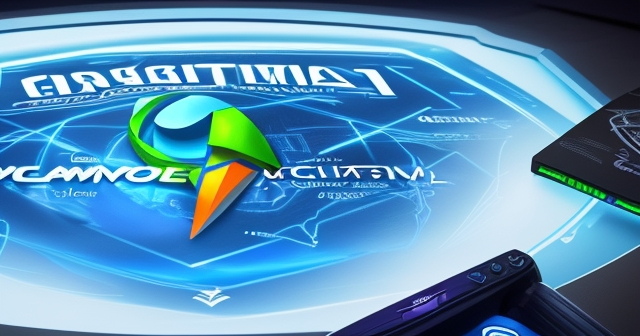
The Heart of the Challenge: Console Exclusivity and Cloud Control
While various concerns were raised, the primary antitrust challenges revolved around a few key areas, often amplified by competitor complaints, notably from Sony, the maker of PlayStation. Regulators worried about:
- Console Competition: Would Microsoft make flagship franchises, particularly the immensely popular Call of Duty, exclusive to Xbox consoles, thereby harming PlayStation and limiting player choice? Call of Duty generates billions in revenue annually and has a massive, dedicated player base across platforms.
- Cloud Gaming Control: As cloud gaming emerges as a future growth area, would Microsoft’s control over Activision Blizzard’s catalog, especially high-demand titles, give its Xbox Cloud Gaming service an unfair advantage, potentially stifling competition from other cloud providers?
- Competitive Disadvantage: Could Microsoft use its control over this valuable content to disadvantage competitors in other areas, like PC gaming or game subscription services?
These concerns were significant because they touched upon core aspects of market structure and consumer access. Regulators had to weigh the potential benefits of the merger (like bringing games to Game Pass, potentially lowering costs for some players) against the risks of reduced competition and potentially higher prices or less choice in the future.
Crafting the Path to Approval: Microsoft’s Responses
Navigating the regulatory gauntlet required Microsoft to engage extensively with each authority, providing vast amounts of data, explaining its strategic rationale, and, crucially, offering remedies to address potential concerns. This phase was a masterclass in corporate negotiation and regulatory compliance on a global scale. Microsoft’s approach involved persistent dialogue, legal challenges where necessary (such as appealing the CMA’s initial block), and ultimately, proposing legally binding commitments.
The core strategy was to demonstrate that the acquisition would not harm competition and would, in fact, benefit players by bringing more games to more platforms. While the European Commission and China’s SAMR granted early approvals relatively quickly, the FTC in the U.S. and the CMA in the UK proved to be the most challenging hurdles. Their in-depth investigations and initial findings of potential harm required Microsoft to go above and beyond standard assurances.
Landmark Commitments: Call of Duty’s Future and Cloud Licensing
To secure approvals, particularly from the CMA, Microsoft made significant, legally enforceable commitments that will shape the gaming market for years to come. The two most prominent commitments were:
- Call of Duty Multi-Platform Guarantee: Microsoft committed to keeping Call of Duty available on rival platforms, specifically PlayStation, for a period of 10 years following the closure of the deal (extending through at least 2033). They also offered similar agreements to Nintendo and cloud gaming services. This directly addressed the primary concern about console exclusivity.
- Cloud Gaming Rights Licensing: In response to the CMA’s specific concerns about cloud gaming concentration, Microsoft agreed to divest the cloud gaming rights for all current and future Activision Blizzard PC and console games released over the next 15 years to a third party, Ubisoft. This unprecedented move means Ubisoft will be able to license these games to *any* cloud gaming service (including their own Ubisoft+ and services like Xbox Cloud Gaming, Boosteroid, and NVIDIA GeForce NOW), ensuring broader availability and preventing Microsoft from exclusively controlling the cloud streaming of these key titles.
These commitments were crucial in swaying regulators, particularly the CMA, which ultimately reversed its initial decision and approved the revised deal structure. They serve as a precedent for how future large-scale tech and gaming mergers might need to address similar antitrust concerns.
The Long Road to Completion: Navigating Final Hurdles
Even with major approvals secured from the EU and the UK (after the revised deal), the path wasn’t entirely smooth until the final closure date of October 13, 2023. The FTC in the United States remained opposed to the deal, pursuing legal action to block it. However, courts ultimately did not find the FTC’s arguments compelling enough to issue an injunction, allowing the deal to proceed under U.S. law.
The almost 21-month period from announcement to completion was filled with intense regulatory reviews, legal battles, and strategic negotiations. It underscored the complexity and difficulty of executing multi-billion dollar cross-border transactions involving powerful companies and valuable intellectual property in highly competitive and rapidly evolving markets. For investors, observing this process provided a real-world lesson in the impact of regulatory risk on deal timelines and outcomes.
Integrating Giants: Operations, Culture, and New Leadership
With the deal closed, the focus shifted from regulatory hurdles to integration. Activision Blizzard is now part of Microsoft Gaming, operating alongside Xbox Game Studios and ZeniMax Media (acquired by Microsoft in 2021). The plan is for Activision Blizzard’s businesses to report to Phil Spencer, CEO of Microsoft Gaming.
The acquisition also occurred amidst significant public scrutiny over workplace culture issues at Activision Blizzard prior to the deal. Microsoft stated a commitment to fostering a positive and inclusive culture post-acquisition, focusing on advancing accessibility and inclusion within its expanded gaming division. Integration isn’t just about combining assets and financials; it’s also about merging teams, processes, and cultures – a complex undertaking for any merger, let alone one of this size and with the public profile of these companies.
The Future Landscape: What This Means for Players and the Industry
So, what are the long-term implications of this historic acquisition? For players, the most immediate impact will be the gradual integration of Activision Blizzard’s catalog into Xbox Game Pass, providing access to popular titles across various devices, subject to the licensing agreements made with Ubisoft for cloud streaming. Microsoft also emphasizes its commitment to bringing choice to players by keeping major franchises like Call of Duty available on multiple platforms.
For the industry, Microsoft’s ascent to become the world’s third-largest gaming company by revenue (behind Tencent and Sony) significantly intensifies competition. This could drive further innovation in content, distribution models (like subscriptions and cloud gaming), and platform features. The focus on mobile and cloud gaming highlighted by this deal also points towards the future direction of the industry, where gaming is increasingly accessed on smartphones and streamed from remote servers.
Ultimately, Microsoft’s acquisition of Activision Blizzard is a defining moment in the history of the gaming industry. It was a deal driven by ambitious strategic goals, valued in the tens of billions, and subjected to unprecedented regulatory scrutiny worldwide. Understanding the journey of this acquisition – from its ambitious announcement to the complex negotiations and landmark commitments that led to its completion – provides valuable context for anyone interested in the intersection of technology, entertainment, and global financial markets. Keep watching how this integration unfolds; it will undoubtedly shape the future of interactive entertainment and offer further insights for the informed investor.
| Franchise | Company | Notable Titles |
|---|---|---|
| Activision Publishing | Activision | Call of Duty, Crash Bandicoot, Spyro |
| Blizzard Entertainment | Blizzard | Warcraft, Diablo, Overwatch, StarCraft |
| Mobile Gaming | King | Candy Crush Saga |
| Regulatory Body | Region | Status |
|---|---|---|
| Federal Trade Commission (FTC) | United States | Opposed |
| Competition and Markets Authority (CMA) | United Kingdom | Approved |
| European Commission | European Union | Approved |
| Key Deals | Details | Impact |
|---|---|---|
| Call of Duty Guarantee | 10-year availability on rival platforms | Preserves competition |
| Cloud Gaming Licensing | Rights divestment to Ubisoft for 15 years | Expands market access |
| Game Pass Integration | Access to key titles for subscribers | Attracts more users |
deal to buy blizzardFAQ
Q:What was the strategic vision behind Microsoft’s acquisition of Activision Blizzard?
A:The vision was to accelerate growth in gaming across all platforms, expand into mobile, PC, and cloud segments, thereby becoming a dominant player in digital entertainment.
Q:How much did Microsoft propose to pay for Activision Blizzard?
A:The initial proposed value was $68.7 billion, which climbed to around $75.4 billion by the time the deal closed.
Q:What commitments did Microsoft make to address regulatory concerns?
A:Microsoft committed to keeping Call of Duty available on rival platforms for 10 years and agreed to license cloud gaming rights to a third party to ensure broader availability.
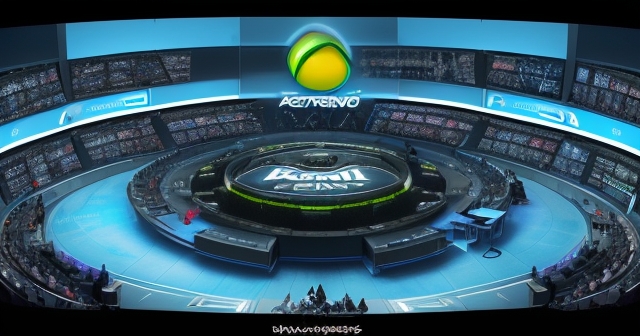
留言